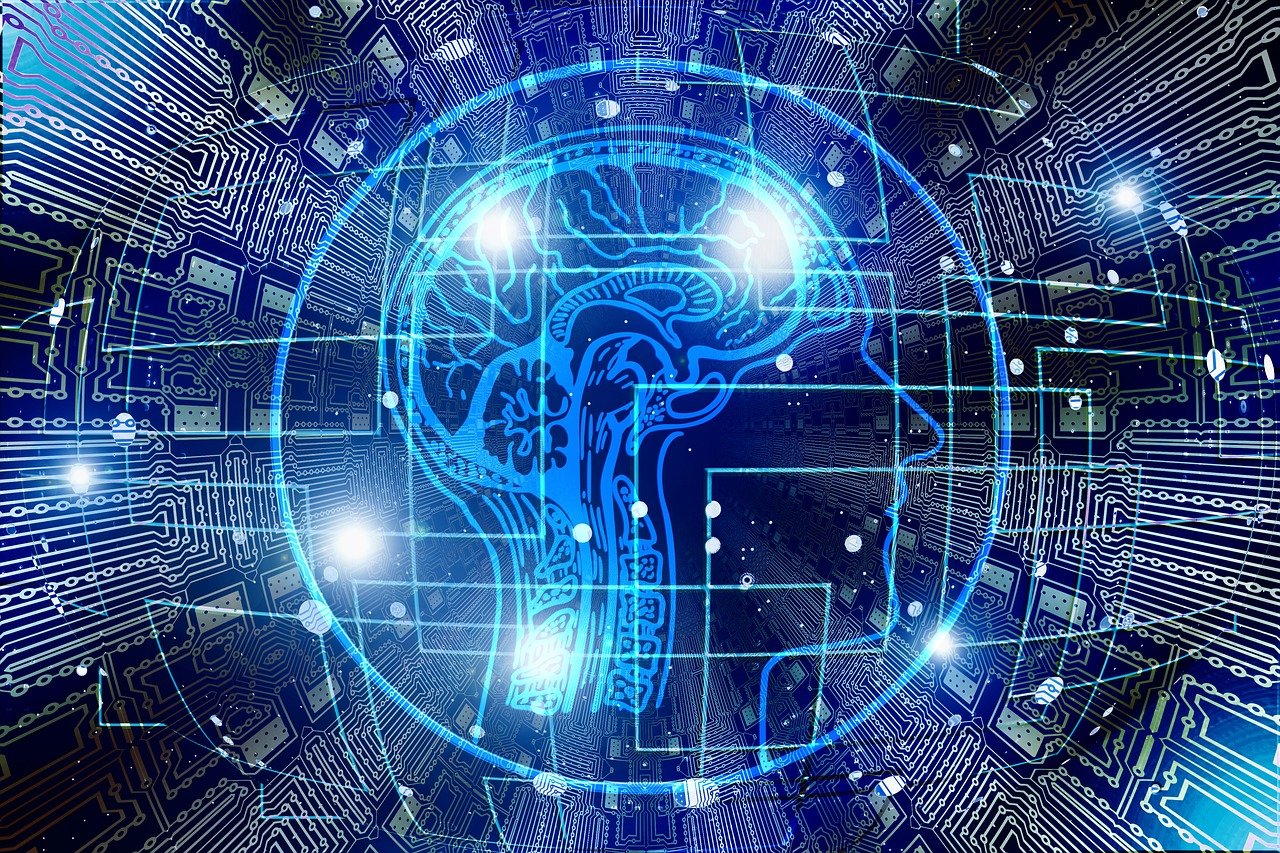
The Ever-Evolving Landscape of Technology: Past, Present, and Future
Introduction
Technology has become an inseparable part of our lives, shaping the way we live, work, and interact with the world around us. From the invention of the wheel to the modern marvels of artificial intelligence and quantum computing, technology has continuously propelled human civilization forward. In this article, we will explore the evolution of technology, its current state, and the promising future it holds.
The Evolution of Technology
Prehistoric Innovations: Human history is marked by a series of technological revolutions. Early innovations such as the wheel, agriculture, and the invention of the written language laid the foundation for more complex advancements. These innovations enabled us to build organized societies and communicate across distances.
The Industrial Revolution: The 18th and 19th centuries brought about the Industrial Revolution, a period of rapid technological change. Steam engines, mechanized textile production, and the telegraph transformed industries and communication.
The Digital Age: The mid-20th century ushered in the era of digital technology. In 1947, the invention of the transistor paved the way for smaller, faster, and more reliable electronic devices. The subsequent development of microprocessors and integrated circuits led to the birth of the modern computer.
The Current Technological Landscape
Information Technology: Information technology has become ubiquitous in our daily lives. Personal computers, smartphones, and the internet have revolutionized how we work, communicate, and access information. Cloud computing and data analytics have further expanded the possibilities of IT.
Artificial Intelligence: AI has made significant strides, with applications ranging from virtual assistants like Siri and Alexa to autonomous vehicles and medical diagnosis. Machine learning and deep learning algorithms have enabled computers to process and interpret vast amounts of data, driving advancements in various fields.
Biotechnology: The field of biotechnology has witnessed remarkable growth, with developments in genetic engineering, gene editing, and personalized medicine. CRISPR-Cas9, for example, offers unprecedented control over DNA, potentially curing genetic diseases and revolutionizing agriculture.
Green Technology: With growing environmental concerns, green technology has gained prominence. Solar and wind energy, electric vehicles, and sustainable agriculture practices are just a few examples of technology’s role in addressing environmental challenges.
The Future of Technology
Quantum Computing: Quantum computers promise to revolutionize computing power by harnessing the principles of quantum mechanics. They could tackle complex problems in cryptography, drug discovery, and materials science that are currently beyond the reach of classical computers.
Internet of Things (IoT): IoT is set to connect billions of devices, enabling seamless communication between objects and systems. This technology has the potential to optimize resource management, enhance healthcare, and improve transportation systems.
Augmented Reality (AR) and Virtual Reality (VR): AR and VR are blurring the lines between the physical and digital worlds. They have applications in gaming, education, healthcare, and industrial training, offering immersive and interactive experiences.
Space Exploration: Advancements in space technology are opening up new frontiers. Private companies are venturing into space tourism, while NASA and other space agencies are planning missions to Mars and beyond.
Conclusion
Technology has been a driving force behind human progress, shaping our past, present, and future. From ancient tools to cutting-edge innovations like quantum computing and AI, it has continually transformed the way we live and work. As we look ahead, the possibilities for technology seem limitless, offering solutions to some of humanity’s most pressing challenges while creating new opportunities for exploration and innovation. It is essential that we embrace these developments responsibly and ethically to ensure a bright future for all.



